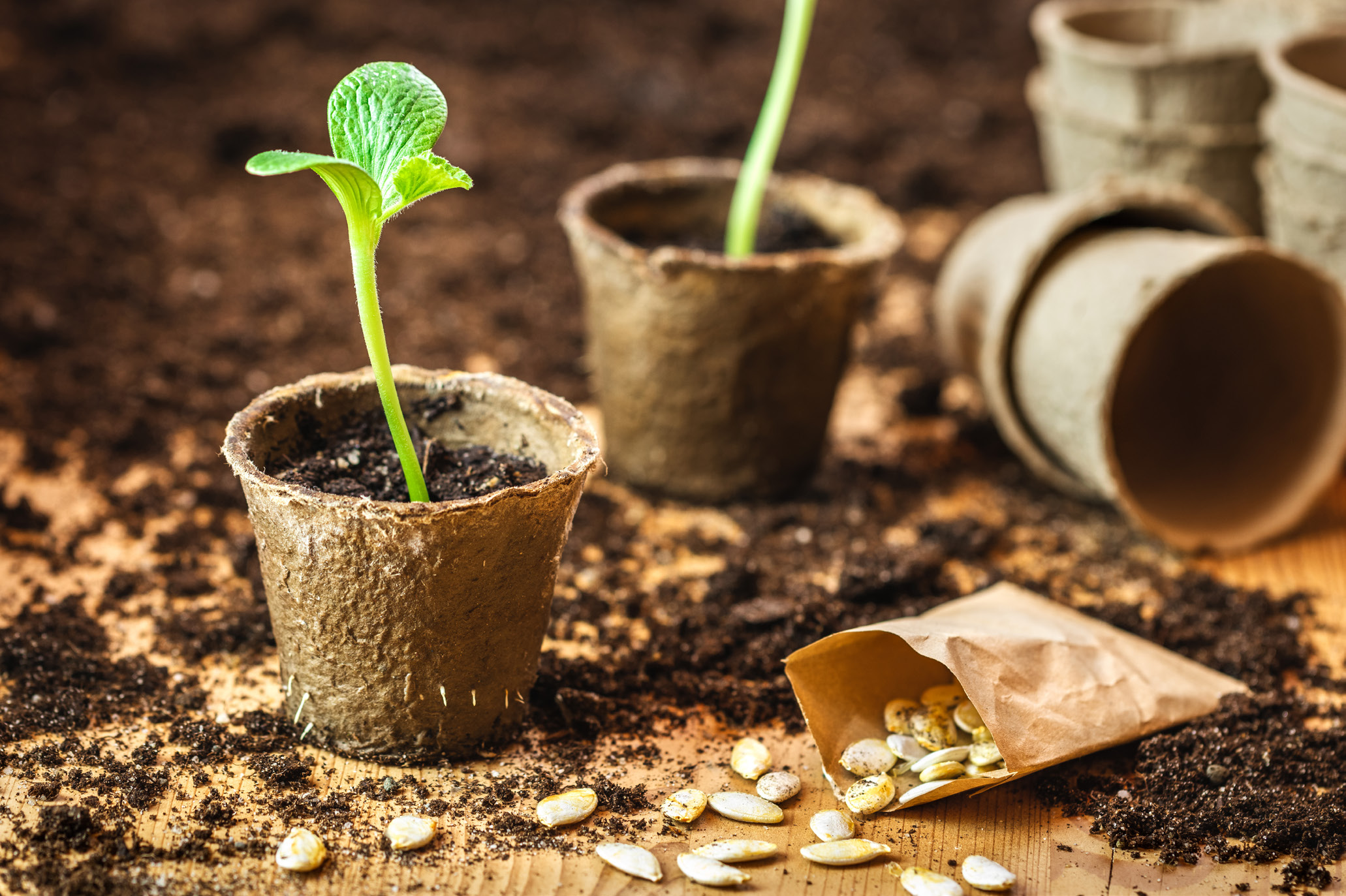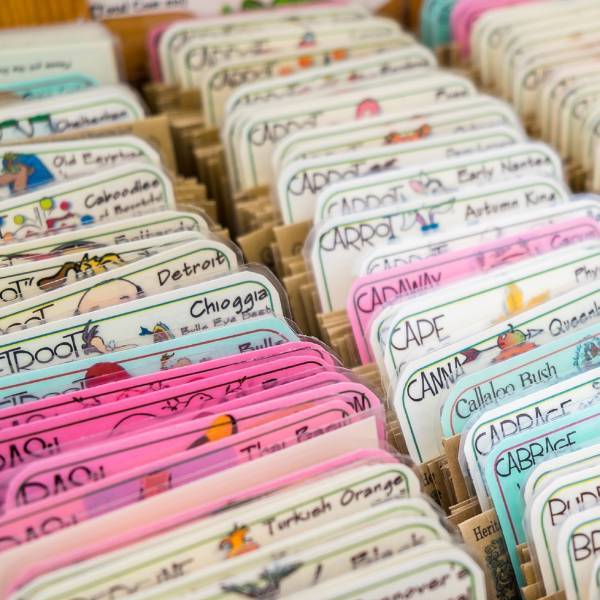Master Gardener Spotlight: The Need for Seed
Nearly all individuals have heard of public libraries and are familiar with school libraries, but far fewer are aware of seed libraries. There are currently 16 seed libraries across Montana.
Seed libraries are usually in public libraries. Seeds are made available to “borrow” by community members with the understanding that once the crop is harvested, some of the seed is saved and returned to the seed library for others. This is not a requirement, but a suggestion. Besides, “homegrown seeds” seed packets are donated from local businesses and individuals with a surplus of seed packets. In most cases, you are required to “check out” your seeds with the library staff. That allows them to keep track of what seeds they have available. Libraries with seed libraries often host educational outreach events to educate patrons on horticulture topics. Seed-sharing events are also part of the “seed library” mission. Extension Master Gardeners support these seed libraries by volunteering their time by organizing seeds, packaging seeds in “single-serving envelopes” and hosting and supporting community horticulture programs.

Photo: Adobe Stock
Seed libraries are dissimilar to seed banks. Seed banks are for the storage and conservation of plant seeds to preserve genetic diversity for future generations. Seed libraries are for this generation of gardeners who are actively growing plants.
The cornerstone of a seed library program is that seeds should be available to everyone.
Access to fresh produce and food security are genuine issues for some communities,
including in Montana. Seed libraries also contribute to efforts to preserve heirloom
and open-pollinated seed types. Open-pollinated seed varieties and heirloom seeds
are the results of natural cross-pollination or self-pollination. Pollen
is relocated by wind, water, and insects in the process of cross-pollination, whereas
some plants, like beans, lettuce and peas, are self-pollinating. Heirloom seeds are
seed varieties that have existed for more than 50 years or were cultivated before
World War II. This timeline is significant because it marks the time before plant
breeders introduced
the first hybrid vegetable cultivars.
Hybrid seeds or F1 hybrids are formed by controlled pollination. Two different varieties are crossed to create a plant with specific traits. Hybrid seeds cannot be used for seed saving. New seeds need to be purchased each year. The benefit of hybrid seeds is they have more disease resistance than open-pollinated seeds.

Photo: Adobe Stock
Over the last few decades, fewer seed varieties are available. Hybrid seeds have become
the predominate seeds available to the public. This loss of genetic diversity weakens
biodiversity. Local, open-pollinated varieties are beneficial because they add to
agricultural biodiversity and are locally adapted. Gardeners who collect seeds should
harvest from
plants that have optimal characteristics. These “homegrown seeds” may be more insect
and disease-resistant, thrive under drought conditions and have great flavor.
The next time you visit your local library, spend a few minutes to find out if it also hosts a seed library.
Sarah Eilers is the MSU Extension Master Gardener
Coordinator.

 Nearly all individuals have heard of public libraries and are familiar with school
libraries, but far fewer are aware of seed libraries. There are currently 16 seed
libraries across Montana.
Nearly all individuals have heard of public libraries and are familiar with school
libraries, but far fewer are aware of seed libraries. There are currently 16 seed
libraries across Montana.